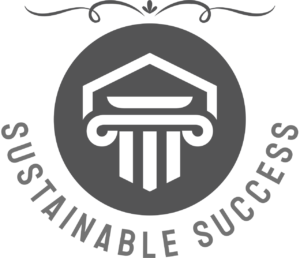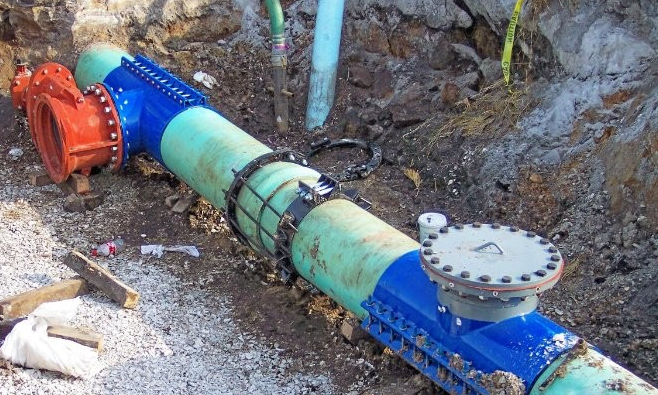Pipeline line stopping is a critical process enabling industries to conduct maintenance and repairs on active pipelines without halting operations. This advanced technique ensures seamless functioning in vital sectors such as water treatment, natural gas distribution, and oil processing. In this blog, we will explore the extensive applications of pipeline line stopping in various industries, showcasing its value as a versatile and cost-effective solution.
What is Pipeline Line Stopping?
Pipeline line stopping is a controlled process used to temporarily isolate a section of a pipeline. It involves installing a stopping mechanism that blocks the flow of liquids or gases while maintaining overall pipeline integrity. The method is widely used for repairs, replacements, or emergency interventions in both high-pressure and low-pressure systems. With pipeline line stopping, industries can avoid costly shutdowns while ensuring operational safety.
Applications of Pipeline Line Stopping in Water Treatment
Water treatment facilities often rely on pipeline line stopping to maintain uninterrupted water supply during system maintenance. This technique is essential for fixing leaks, replacing valves, or upgrading infrastructure without disrupting the water flow. By isolating specific sections of a pipeline, pipeline line stopping ensures that water distribution continues seamlessly, safeguarding both operational efficiency and public convenience.
Pipeline Line Stopping in Natural Gas Distribution
Pipeline line stopping plays a crucial role in the natural gas industry by enabling safe and efficient maintenance of high-pressure pipelines. Whether addressing leaks, upgrading systems, or conducting emergency repairs, pipeline line stopping isolates affected sections without compromising the overall distribution network. This approach minimises risks, adheres to strict safety protocols, and ensures a consistent supply of natural gas to end users.
Pipeline Line Stopping in Oil and Petrochemical Industries
In the oil and petrochemical industries, pipeline line stopping is indispensable for managing repairs and upgrades in critical infrastructure. From crude oil pipelines to chemical plants, this method ensures minimal disruption to production schedules. Pipeline line stopping is particularly valued in these sectors for its ability to meet stringent environmental and safety standards while keeping downtime to a minimum.
Other Industrial Applications of Pipeline Line Stopping
Pipeline line stopping is not limited to water treatment and natural gas; it is also widely used in other industrial settings:
- Power Plants: Ensures continuous operation of cooling water systems during maintenance.
- Manufacturing Facilities: Facilitates repairs on compressed air and steam pipelines without halting production lines.
- Municipal Infrastructure: Supports upgrades and repairs in sewer systems, preventing service interruptions.
By employing pipeline line stopping, these industries maintain operational continuity and optimise resource management.
Advantages of Pipeline Line Stopping Across Industries
The adoption of pipeline line stopping across industries offers numerous benefits:
- Uninterrupted Operations: Keeps critical systems running during maintenance activities.
- Cost Savings: Reduces expenses associated with full pipeline shutdowns.
- Safety Assurance: Isolates specific sections of a pipeline, minimising risk to personnel and equipment.
- Versatility: Adapts to diverse pipeline systems and industrial applications.
Pipeline line stopping remains an essential tool for industries seeking to balance efficiency with safety and cost-effectiveness.
Challenges and Innovations in Pipeline Line Stopping
While pipeline line stopping is highly effective, it comes with challenges such as managing high-pressure systems and ensuring material compatibility. Innovations in equipment design and techniques, including automated solutions, have significantly improved the reliability and precision of pipeline line stopping. These advancements are paving the way for safer, more efficient applications across modern industries.
Choosing the Right Pipeline Line Stopping Service Provider
Selecting a reliable service provider is critical for successful pipeline line stopping. Key factors include industry experience, advanced technology, and adherence to safety standards. A reputable provider should offer tailored solutions to meet specific pipeline challenges, ensuring optimal performance and reliability. Trusting experts in pipeline line stopping ensures minimal disruption and maximum efficiency for industrial operations.
Takeaway
Pipeline line stopping is a transformative technique with wide-ranging applications across industries such as water treatment, natural gas, and oil production. Its ability to facilitate repairs and upgrades without halting operations makes it an invaluable asset for modern infrastructure. By leveraging the expertise of professionals, businesses can optimise their use of pipeline line stopping, ensuring safety, efficiency, and long-term success.

